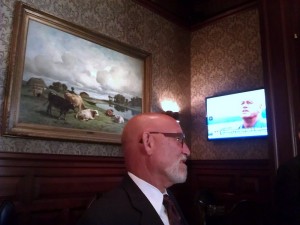
Murray bid vigorously to take home from the University City Arts League annual auction a four-person tour. He succeeded, and so Friday, we and two friends, Ed and Sharon, went to the Union League, one of the last three Union Leagues remaining in the country. We learned from our tour guide, archivist Jim Mundy that during the Civil War Union Leagues were as numerous as mushrooms, formed all across the North and West to lend support–financial, moral, political, practical–to the Union cause.
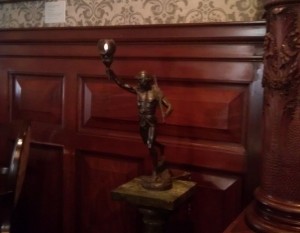
My own memories of the Union League were not kind–a bunch of self-important old white men.
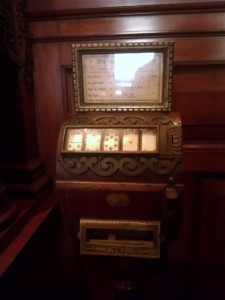
But the club, while retaining a privileged male aura in some ways, has moved into 21st century with some grace and consciousness of its noble original mission. All of us who stood in the lobby, including Mundy, were people who would at one time automatically been excluded from the club by virtue of religion or gender. (While those rules are no longer in place, with people of all religions, races and genders eligible to be full-fledged members, feathers still ruffle easily from slights–see last week’s story on NewsWorks.org). Of course poor people need not apply–it’s still a club, with hurdles for membership.
But part of what impresses me about how the organization is on its toes is it nabbed unionleague.org as its internet id.
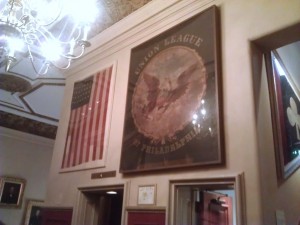
What impresses me historically is how the original founders, who were living in a city with vast commercial and personal Southern ties, banded together to support the not-so-popular Union at a time when things weren’t looking so good on the battle field.
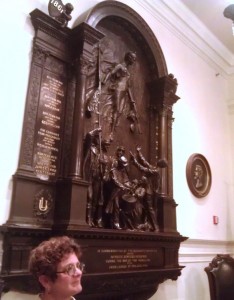
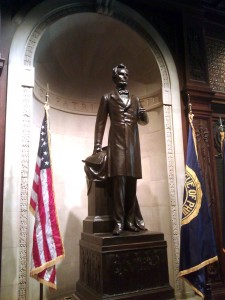
Mundy, who arranged with the Union League for the donation to the UCAL, had already taken Murray and me on a tour of The Woodlands, the fabulous William Hamilton house now being restored in Woodlands Cemetery (Flickr set here). He is a fountain of information for the organizations he devotes himself to.
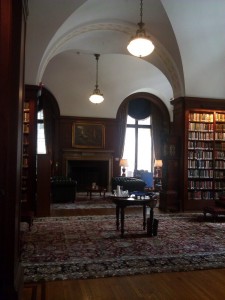
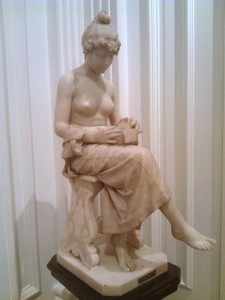
The building itself, built in three stages, goes from its iconic brick-and-brownstown front on Broad and Sansom streets all the way through to 15th Street, where the red colors give over to the white Horace Trumbauer addition. The architecture inside is also worth noting. Mundy said the idea of the original building was an English country house. My own interpretation was the building was based on an idealized fantasy of what an ideal English country house might be, steeped in nostalgia and Anglophilia.
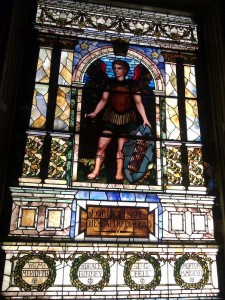
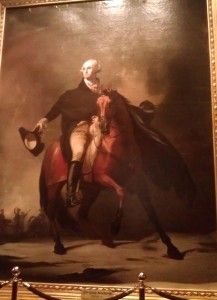
The building is full of art (mostly of dead white men, or maybe I should narrow it further, dead white Republicans and a few live ones; being Republican is no longer a standard for membership). Here is a lively portrait of George H.W. Bush and a not-so-lively one of his son. W looks like he’s straight out of Mme. Tussaud’s.
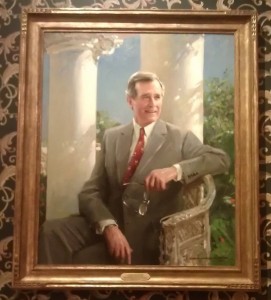
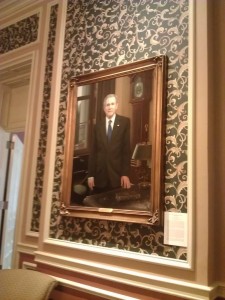
After listening to a load of history and admiring a load of architectural detail, we broke for lunch. Three of us ordered snapper soup just to keep with the traditional fare. Then we went down to the historical exhibit on the ground floor. We saw lead bullets and broken bones, Civil War uniforms and other artifacts.
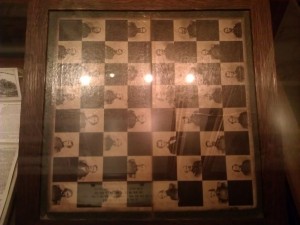
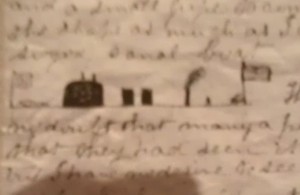
My own favorite artifacts were a checkerboard with portraits of Union commanders in the light squares, and a reproduction of a soldier’s letter (or maybe it was a journal), with a wonderful little drawing of what the submarine the Monitor looked like at sea.









